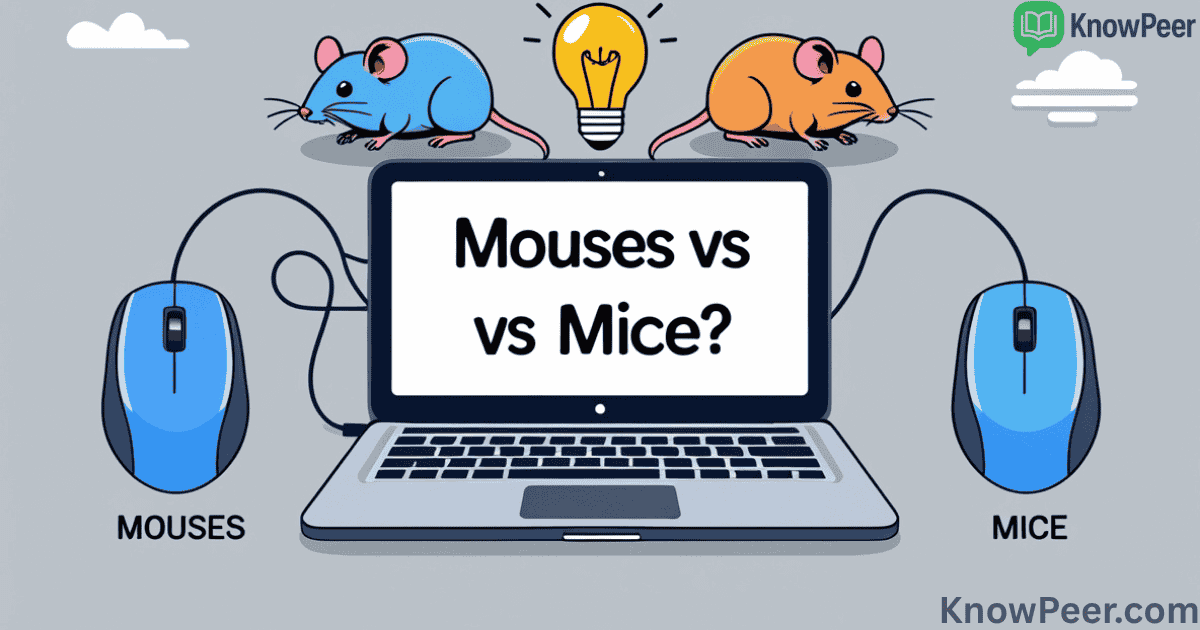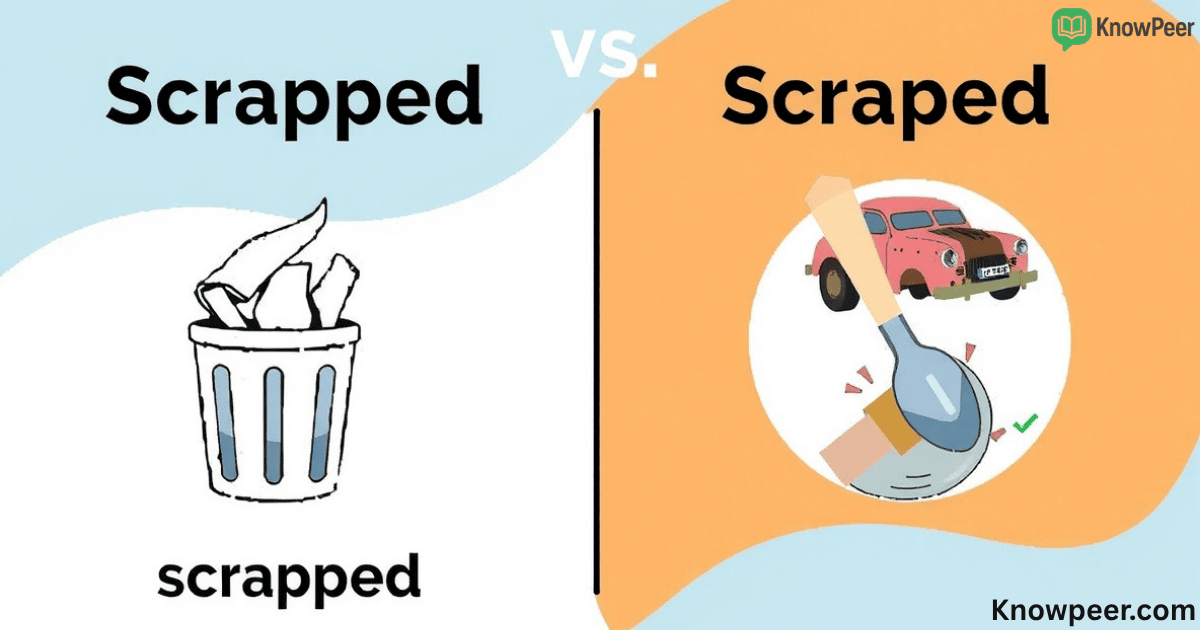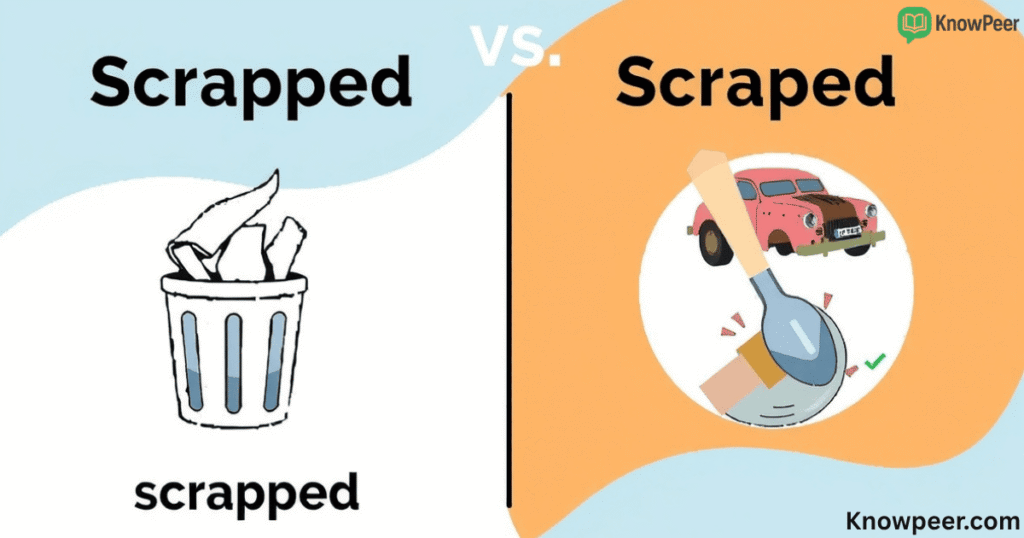Language evolves, and sometimes it does so in strange ways. One of the most unusual examples is the plural form of the word mouse. You might have seen both mouses and mice being used, especially when talking about computer accessories. This difference can confuse anyone learning English or working in tech. So, which one is right? The answer depends on what you’re talking about—and who you’re talking to. This article explores the debate of mouses vs mice, using real examples, grammar rules, and expert insights to explain when and why each term is used.
Whether you’re discussing rodents in a science lab or devices on a desk, the right word matters. Mixing them up might not cause chaos, but it can affect how polished and clear your writing sounds. Let’s look closely at what the word “mouse” means in different settings, and how its plural forms came to be. This guide will give you clarity on usage, help you avoid common mistakes, and even show how English keeps changing with time.
Mouses vs Mice: Why the Confusion Still Exists
This mix-up started when technology gave an old word a new job. Originally, mouse only meant the small rodent. But in the 1960s, it gained a second meaning: a pointing device for computers. Once that happened, people had to figure out what to call more than one of these new tech tools Mouses vs Mice. Should they follow old grammar rules and use mice, or create a new term, mouses, to keep the meanings separate?
The confusion keeps growing because both words appear often in different places. For example, teachers might say “mice” when teaching animal names to children, while a software engineer might say “mouses” when talking about input devices. Since both forms are in use, it’s easy to get stuck trying to decide which one is correct. But if you understand the origin of the word and the grammar behind it, choosing becomes easier.
Meaning of “Mouse” in English: Animal vs Tech Tool
The word mouse comes from Old English “mūs”, which referred only to the tiny animal. For centuries, mice was its standard plural, following the pattern of irregular plural nouns like louse → lice or goose → geese. Then came the 20th century. In 1968, Douglas Engelbart introduced a hand-held device that helped people interact with a computer. Because of its shape and cord, it reminded users of a small animal, so they began calling it a mouse.
This new meaning led to a split. While the original plural “mice” still worked for animals, it felt a bit odd when referring to pieces of technology. Some people in the tech world began using mouses to make a clear distinction between living creatures and devices. Over time, both terms entered common speech, creating the plural puzzle we still face today.
The Plural of Mouse: History and Evolution
In traditional English, mouse follows irregular plural rules, so the correct form for multiple animals is mice. This irregularity traces back to ancient Germanic languages. In fact, Old English already used “mice” as the plural centuries ago. That makes it one of the oldest and most consistent irregular nouns in the language. It didn’t change even as modern English evolved and regularized many other plurals.
But with computers, the language bent the rules. The shift began not in textbooks but in offices and labs. Developers and technical writers started saying mouses to avoid confusion. For instance, a sentence like “I installed five new mice” could sound odd in a tech manual, so “five new mouses” became a useful alternative. It wasn’t grammar that changed—it was function.
Grammar Rules: Why “Mice” is Traditionally Correct
According to English grammar, mice is the correct plural of mouse when referring to the animal. This follows a pattern of internal vowel change known as “ablaut”, seen in other words like man → men and foot → feet. These plurals are irregular and must be memorized since they don’t follow the simple “add -s” rule. This form is recognized by all major dictionaries and style guides.
However, grammar doesn’t always dictate usage in every field. When dealing with newer meanings of old words, grammar often makes room for variation. That’s why mouses, while not standard in animal contexts, can be acceptable in technology. It isn’t a grammar mistake—it’s an example of how language grows.
Why “Mouses” Became Common in the Digital World
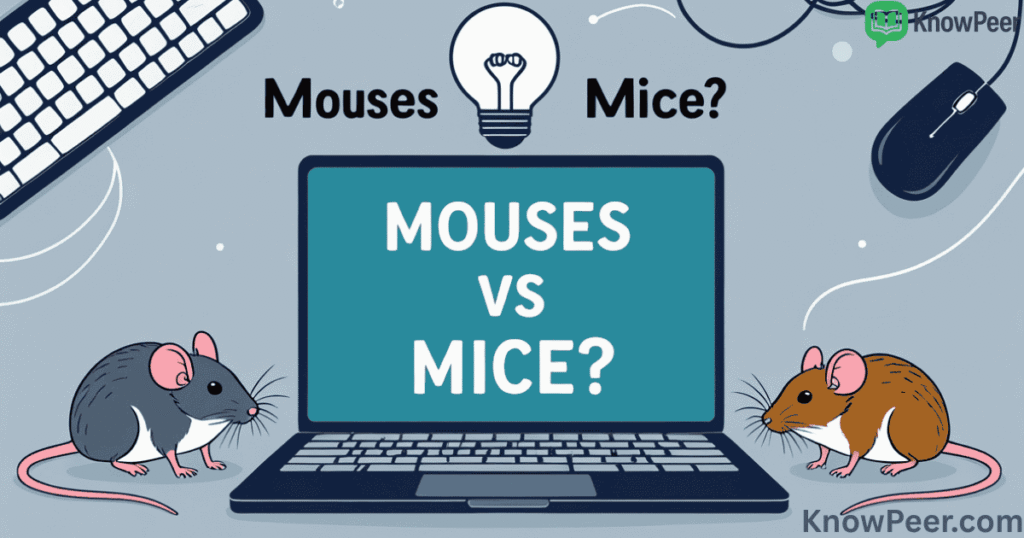
The word mouses grew from necessity. In technical fields, clarity is everything. If someone writes, “The engineer connected three mice to the system,” the sentence could cause momentary confusion. Are we talking about animals or input devices? This is especially important in manuals, guides, and reports where exact meaning matters.
Companies like Microsoft and Apple didn’t officially adopt mouses, but their engineers did. It started informally but spread through tech communities. Over time, even dictionaries began to note that mouses is used for computers. In fact, Merriam-Webster lists mouses as a secondary plural for the tech term. It’s not random—it’s recorded and backed by years of real-world use.
Can You Use Both? Context Matters More Than You Think
The answer to the mouses vs mice debate depends on context. If you’re writing about the rodent, stick to mice. It’s universally correct and widely understood. But in a tech setting, mouses can be useful to show that you’re referring to devices, not animals. Even though it’s less common, it’s not incorrect in that setting.
Here’s a simple guide in table form:
| Context | Correct Plural | Example Sentence |
| Animals | Mice | The lab tested five mice for behavior. |
| Computer Tools | Mouses (or Mice) | He ordered ten wireless mouses for the office. |
This flexibility means you’re not breaking grammar rules by using mouses in the right context. You’re using language to communicate clearly, which is exactly what it’s for.
Mouse vs Rat: Clearing Up a Common Misunderstanding
People often confuse mice with rats, especially outside scientific circles. But the difference isn’t just size. Mice are usually smaller, have pointed snouts, and longer tails in proportion to their bodies. Rats are larger, with thicker bodies and shorter tails. They also differ in behavior, habitat, and risk level.
In speech or writing, saying mouses when you mean rats is incorrect. These words refer to different species, so mixing them up weakens the meaning. Using precise language shows you understand what you’re talking about and helps the reader follow along without second-guessing.
Sentence Examples: How to Use Mice and Mouses Correctly
Choosing between mice and mouses gets easier with practice. Look at these sentence examples to see how they’re used naturally:
| Term | Example Sentence |
| Mice | The children were scared when they saw two mice. |
| Mouses | The tech team repaired five wireless mouses. |
These examples show the shift in meaning based on topic. One talks about animals, the other about technology. Both are correct within their worlds.
Linguist Opinions: What Experts Say About “Mouses”
Linguists agree that mouses is a case of functional shift. The Oxford English Dictionary recognizes the use of mouses in computing. Language experts often explain that irregular plurals like mice were never designed for digital terms. So when a new use arises, the language adapts.
Dr. Lynne Murphy, a linguist at the University of Sussex, once noted, “The plural ‘mouses’ shows how creative English can be when dealing with innovation.” It proves that grammar rules don’t break—they bend when necessary to keep up with technology and society.
Global Usage: British, American, and International English
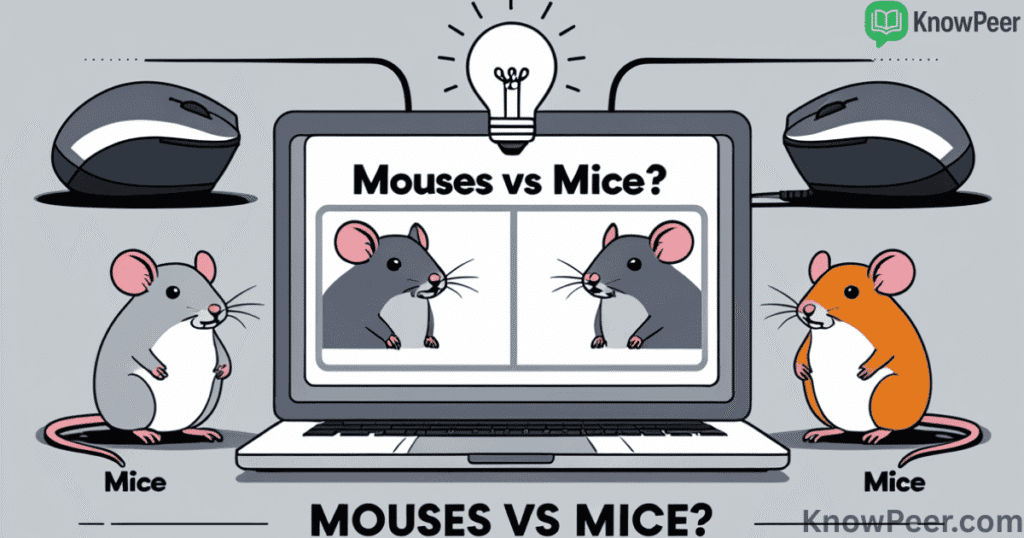
In British English, most people still use mice for both animals and computer devices. It’s considered more proper. In American English, however, the use of mouses is more widespread in technical and casual conversation. This shows how English varies across the globe.
In places where English is a second language, like in many parts of Asia and Africa, schools teach mice as the correct plural. But in IT classes or jobs, mouses sometimes appears in written instructions or training guides. This dual use reflects real-life situations across industries and borders.
Common Mistakes: Avoiding Plural Traps in Writing
Mistakes often happen when switching between the two meanings too quickly. A sentence like “The lab connected five mice to the cage” is confusing unless it’s clear you’re talking about animals. Many writers also make the mistake of using mouses in essays or academic papers, which isn’t accepted in formal English.
Here are some tips to avoid those traps:
- Use mice for animals in all settings.
- Use mouses in tech when clarity is key.
- Avoid switching forms mid-sentence unless context supports it.
Cultural and Pop Reference: Mice in Language and Media
The word mice is everywhere in pop culture. Think of characters like Mickey Mouse, Jerry from Tom & Jerry, or Stuart Little. These stories shape how we use and understand the word. They’re one reason mice feels so natural—it’s been part of stories, films, and books for generations.
Idioms like “quiet as a mouse” or “when the cat’s away, the mice will play” also keep the traditional plural alive. On the other hand, the word mouses almost never appears in fiction. It’s a product of the workplace, not childhood tales.
The Future of “Mouses”: Will It Ever Be Standard?
As technology grows, more people enter the conversation using words like mouses. While it’s not yet listed as the primary plural in style guides, usage matters in language. If a term becomes common enough, it can eventually gain official status.
For now, mouses remains an accepted secondary plural in tech. But in casual speech and future writing, it might become even more widespread. This shows how English isn’t fixed—it moves with us, adapting to our needs.
Conclusion
If you’re talking about animals, always use mice. That rule hasn’t changed and likely never will. If you’re talking about computer devices, mouses is fine, especially in technical writing or office speech. It’s not about right or wrong—it’s about clarity.
Use context as your guide. That’s the best way to decide between mouses vs mice in every situation.
